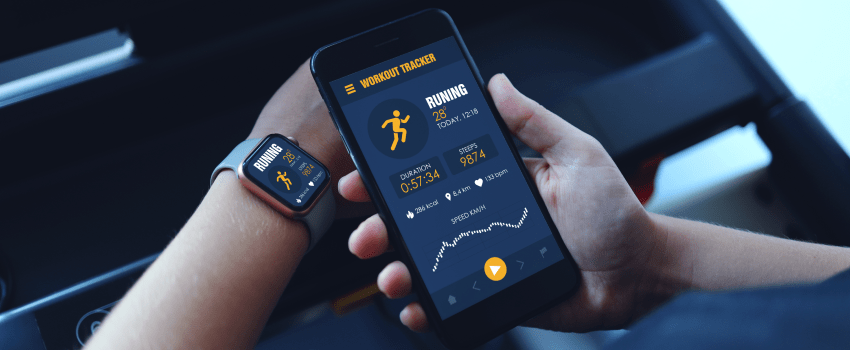Building a Scalable BDD Automation...
November 12, 2025

With global wearable shipments expected to surpass 543 million units in 2024 and market value forecasted to reach $186.14 billion by 2030, building applications for these compact, sensor-rich devices is more than a trend it’s a strategic opportunity for growth.
Wearable app development involves creating software applications specifically designed to run on wearable devices such as smartwatches, fitness bands, smart glasses, and AR/VR headsets. Unlike traditional mobile apps, these applications must account for smaller screen sizes, limited processing power, and hands-free or sensor-based interaction.
Smart wearable apps must prioritize real-time responsiveness, intuitive user experiences, and seamless integration with other devices or ecosystems. Whether enhancing personal wellness, productivity, or operational efficiency, wearable apps are designed to function as quick-access, on-the-go digital companions.
While similar in concept, wearable apps are tailored for highly contextual, sensor-rich environments and limited interface capabilities.
Unlike broader smartphone apps, wearable solutions need micro-interactions, energy efficiency, and seamless device interoperability.
Businesses investing in wearable app development gain measurable advantages:
Expert view: Automotive App Development Company You Can Actually Trust
To succeed in the wearable space, applications must combine smart functionality with lightweight execution. Top features include:
The ideal wearable app works as an invisible assistant always there, yet never in the way.
Developing a wearable app involves a focused, user-first approach that blends functionality with technical feasibility:
Partnering with a seasoned mobile app development company ensures this journey is efficient, scalable, and aligned with business goals.
1. Healthcare: Apps that monitor heart rate, glucose levels, or oxygen saturation empower remote care and early diagnostics.
2. Logistics & Manufacturing: Workers use smart bands for location tracking, equipment alerts, and hands-free workflows.
3. FinTech: Wearable banking apps enable contactless payments and instant fraud alerts.
4. Retail & eCommerce: Smart glasses support inventory checks, while wrist devices deliver real-time promotions.
5. Fitness & Sports: Athletes monitor performance metrics, recovery, and training loads using customized apps.
6. Education: Wearables track student engagement or provide interactive, AR-based learning experiences.
These technical nuances underscore the importance of working with a partner that specializes in wearable technology development.
| Project Scope | Estimated Cost (USD) | Timeline | Key Features |
|---|---|---|---|
| Basic App | $5,000 – $15,000 | 1 – 2 Months | Basic fitness tracking, step count, simple UI |
| Mid-Level App | $15,000 – $30,000 | 2 – 4 Months | Sleep/heart monitoring, sync with mobile, alerts, personalization |
| Advanced App | $30,000 – $60,000+ | 4 – 6+ Months | AI-based insights, AR/VR, cross-device sync, enterprise features |
Note: Final pricing depends on complexity, design depth, platform integration, and API/data requirements.
Recommended read: Self-Serve Ad Platform: Read This Before You Start
As wearables become more integral to consumer and enterprise life, the opportunity to innovate through wearable software grows exponentially. Businesses leveraging this trend can:
Wearables bridge the gap between physical presence and digital interaction. Investing in the right application can create competitive advantages that last.
Wearable app development is no longer an add-on; it’s a necessity for forward-thinking businesses seeking to deliver seamless digital experiences. With a blend of real-time data, personalized insights, and effortless interactivity, wearables offer brands an unparalleled way to stay close to their users—literally.
Whether you’re looking to build a fitness tracker, a healthcare companion, or a next-gen productivity tool, working with the right development team is key. At Inexture Solutions, we specialize in building scalable, secure, and UX-first applications for wearable ecosystems.